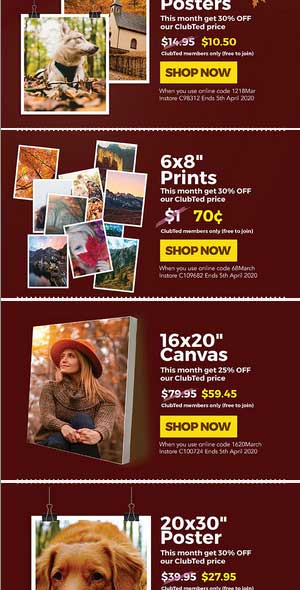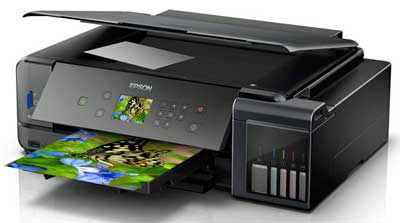Back in the 1980s, a young marketing analyst called Faith Popcorn, one of the first secular age soothsayers we now call ‘futurologists’, came up with the notion of ‘cocooning’. (Inexplicably, she changed her name from ‘Plotkin’. To ‘Popcorn’, not ‘Faith’.)

In 1991 she described what she insisted was a trend rather than a fad thus: “The impulse to go inside when it just gets too tough and scary outside. To pull a shell of safety around yourself, so you’re not at the mercy of a mean, unpredictable world – those harassments and assaults that run the gamut from rude waiters and noise pollution to crack-crime, recession and AIDS. Cocooning is about insulation and avoidance, peace and protection, coziness and control – a sort of hyper-nesting.’
It could be argued that the immediate past has proven Ms Popcorn correct, with things like the internet, online gaming, high-res wide-screen TVs, and home delivered meals and groceries both driving and reinforcing the tendency. A few years ago – she is still plying her trade 40 years later – she said in Fortune magazine that ‘uber-cocooning’, and now even ‘bunkering’, were becoming prominent because people had become terrified of world conditions.
What she didn’t see coming was the COVID-19 world. A world in which cocooning is becoming compulsory!
Back in the day when the photographic industry used to hold conferences, this notion of cocooning when applied to photography was presented by marketing prophets as a virtue. A retreat towards the home and family could encourage attending to the family photo collection, buying photo albums and frames, ordering enlargements for framing, getting old photos restored, buying home printers, ink and paper, etc.
With most photo collections (to use the term broadly) stored digitally, and in most cases all over the shop, the looming regime of self-isolation and self-quarantining could give a lot of people the excuse they need to roll up their sleeves and apply order to their photographic memories. As we are all painfully aware of, there are millions of what you might call stranded images on computer drives, memory cards, CDs and smartphones that are in desperate need of rescuing.
Camera House general manager touched on this when speaking with consumer electronics website Appliance Retailer, on the effects of the Coronavirus: ‘We will continue to drive our national website for both products and services, he said.
‘Our online printing solution is well placed to secure our customers’ sense of family, as they find time to archive memories by printing their digital images. We’ve seen rough times before and Australians are nothing if not stoic in the face of adversity.’

It’s possible the desire – even the need – to create real photos has never really gone away, but just keeps getting put off because, well, where do you start? As an industry we haven’t even been able to tell customers why they should print their photos, let alone where and how. The unprecedented discontinuity delivered by COVID-19 could provide the platform.
Sure, getting your photos printed is pretty low down on the hierarchy of needs right now. A year’s supply of toilet paper is apparently far more critical. But when we adapt to this strange, discombobulated new world, as to some extent we must, all us people stuck in a kind of home detention are going to cast around for something rewarding to do. There’s just so much Netflix you can or should watch. Gardens around Australia are never going to look better. Home handypeople are going to finally tackle that big project that has been put off for years. Some of us are going to discover we are pretty good at cooking pasta.
And maybe people all around Australia are going to dust off that printer they bought intending to print photos but then only printed electricity bills with; or Google ‘online photos Geelong’ (or wherever); or discover that it’s way easier to make a photo book than when they last tried five years ago.
I know this is possible, because I am one of those people. About 12 months ago I bought a A3 inkjet photo printer for well under $1000. Both Canon and Epson have A3 models for around $400. Not quite prolab quality but perfectly good for all but the most discerning eye. I’ve printed maybe less than a dozen photos since then, but many dozens of documents, boarding passes and the like, as it doubles as my office printer.
With a whole heap of home time looking inevitable, this week I ordered a couple of sets of large capacity cartridges and some premium photo paper in various sizes, and I’m genuinely looking forward to finally sorting the photo collection – printing the best and filing the rest. Some might become mounted canvas prints. I’m even up for creating and ordering my second-ever photo book!
If it weren’t for Coronavirus, this is something I may have literally gone to my grave always meaning to do – but never getting around to.
It’s more than likely the hardware side of photo retailing, especially for big ticket items, is going to take a fair old dip in the next six months or so due to unemployment and economic insecurity, and the monstering the share market and superannuation are undergoing. But hopefully the same doesn’t apply to a $10.50 enlargement, or a $60 canvas print, or $80 hardcover photo book. Or even perhaps a $300 photo printer and some fancy photo paper.

The larger photo retail chains do a pretty comprehensive job of promoting their photo printing services through EDMs, which is great for communicating with existing customers, but there are a lot of people out there who maybe haven’t been inside a photo shop who will need a nudge to distract them from the geraniums, or the new gate hinges, the tiling of the bathroom, or Netflix. When the time is right, it would be great if the industry was able, somehow, to bring the photograph out of the cold and back into the cocoon. Perhaps its something we can do store by store, town by town. It’s so much harder without an industry association. Perhaps its an opportunity for one of the retail leaders to step up and remind people – almost by way of a community service announcement – that it’s not a real photograph until it’s printed. And what better time than now.
– Keith Shipton





Be First to Comment